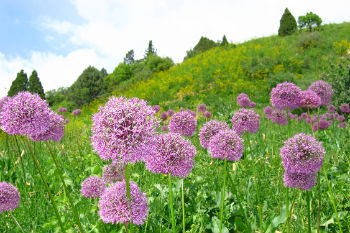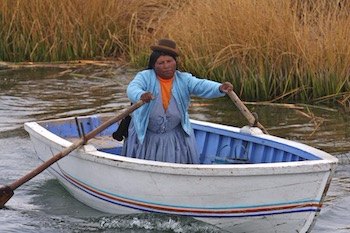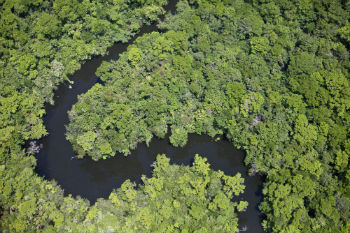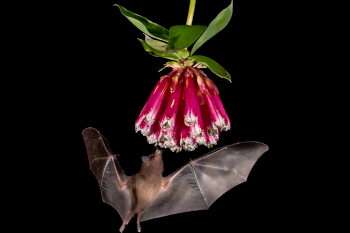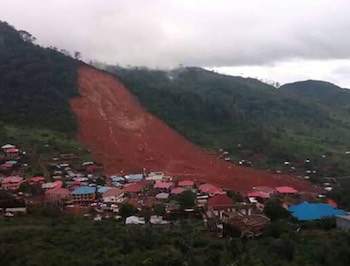Main menu
CEPF is a joint initiative of l’Agence Française de Développement, Conservation International, the European Union, Fondation Hans Wilsdorf, the Global Environment Facility, the Government of Canada, the Government of Japan and the World Bank. A fundamental goal is to ensure civil society is engaged in biodiversity conservation.
Visitez le site français コア情報の日本語翻訳を読むOr use Google Translate to translate the English site to your language:
GTranslate
Sierra Leone's Mudslide: Addressing the Environmental Factors
Addressing the environmental factors
By: Tommy Garnett, Guinean Forests of West Africa RIT team leader
17 November 2017
17 November 2017
The mudslide that began on the slopes of Freetown, Sierra Leone’s capital city, on 14 August 2017 left many hundreds dead, many thousands displaced or homeless, and many orphans and single parents. In some cases, entire families disappeared.
The longer term financial cost of this disaster is yet to be fully determined, but millions of dollars are already being spent by the national government and its international development partners to provide emergency relief for those most affected. The other social and environmental costs continue to add up as more rains have caused flooding in some areas, leading to more fatalities.
Sadly, some had predicted this tragedy. Before being settled by people in the mid- to late 1700s, the Freetown Peninsula was covered primarily in dense forest. Then, when only small areas had been converted to urban development, it created a unique and delightful space where rainforest, mountains, beaches and ocean met in one area.
However, over time, as more areas were cleared for urban development, and the vegetation disappeared that had allowed the peninsula’s intense rainfall to infiltrate and flow gently into the creeks and streams draining the mountains, Freetown became a disaster waiting to happen. Deforested hilltops and mountainsides now have nothing to hold them in place. When they become saturated with rain, they detach and form red avalanches, engulfing and sweeping away everything in their path. When rain falls on the hilltops and mountainsides, it flows into densely populated narrow streets with poor drainage, clogged by rubbish.
We must now focus on what to change. We must:- Plant trees, especially on hillsides and in the upper mountains.
- Avoid lighting fires that escape into nature.
- Leave the remaining forest alone instead of opening new farms or building sites on the mountain.
- Keep neighbourhoods free of rubbish, especially plastics, which are now the biggest contributors to the clogging of public drains.
- Demand that officials from our neighbourhoods, our towns and our national government obey the law, and enforce the law when others do not respect it. Tolerance of law-breaking is like tolerating a thief to come into your house and steal everything you have. It is better to confront the thief early, before he has taken much and before he thinks it is his right to steal from you.
- Learn about the causes of the disaster. The heavier than usual rains that fell in August may have been the result of phenomena that we cannot easily decipher. But with the hurricanes and floods happening in multiple locations around the world, we must recognise that the world’s climate is changing.
- Make sure that our neighbourhood leaders and our elected officials understand why this happened, that it was avoidable and that through hard work, discipline and resolute action on a national scale, this negative and life-threatening trend can be reversed.
CEPF’s regional implementation team for the Guinean Forests of West Africa Biodiversity Hotspot, which encompasses Freetown, is currently moving forward with these kinds of approaches through the development of a planning grant. The grant is intended to foster collaboration among the various stakeholders that work near the forest.
It will take time for nature to heal herself. The thousands of trees that will be planted will not grow overnight. However, once they start to mature, they will attract birds and other animals. They will help stabilize the mountains by improving their ability to absorb the rain, so that the landscape may once again exist in harmony with people.
